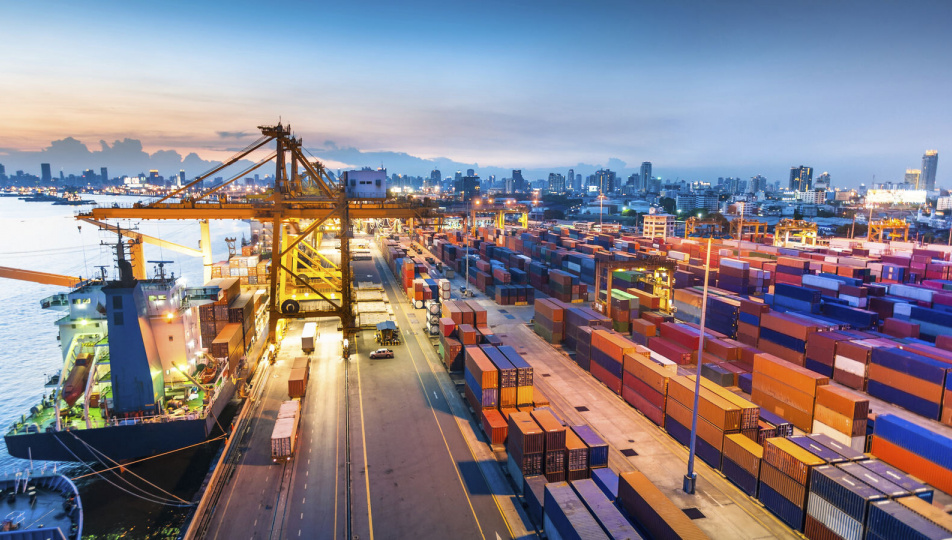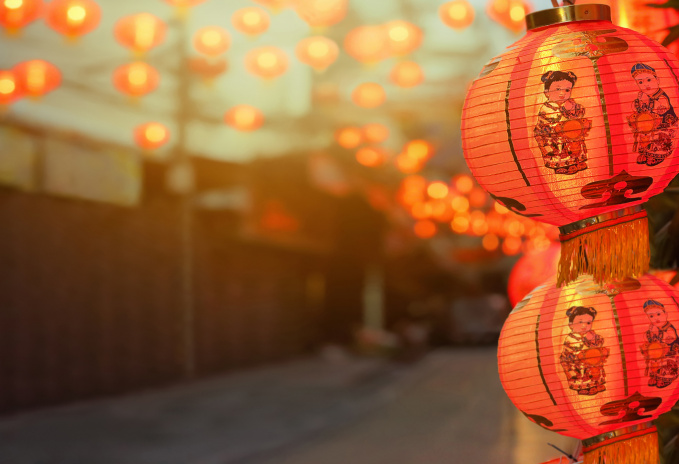Newsletter 12/2023: Actual situation in international transport

According to Council Regulation No 833/2014 concerning restrictive measures in view of Russia's activities destabilising the situation in Ukraine, Article 3g(1)(d), from 30.9.2023 it is prohibited to import or purchase directly or indirectly the iron and steel products listed in Annex XVII.
Notice to importers of iron and steel and their products
According to Council Regulation No 833/2014 concerning restrictive measures in view of Russia's activities destabilising the situation in Ukraine, Article 3g(1)(d), as of 30 September 2023, it is prohibited to import or purchase, directly or indirectly, iron and steel products listed in Annex XVII if they are processed in a third country and contain iron and steel products originating in Russia listed in Annex XVII, in the case of products listed in Annex XVII. processed in a third country and containing steel products originating in Russia of CN codes 7207 11, 7207 12 10 or 7224 90, this prohibition shall apply from 1 April 2024 for CN code 7207 11, and from 1 October 2024 for CN codes 7207 12 10 and 7224 90.
What I need to know before I plan to import into the Union iron and steel products listed in Annex XVII if they are processed in a third country.
Prohibition on import of iron and steel products processed in a third country using Russian iron and steel inputs - proof of country of origin of input.
Article 3g(d) prohibits the importation or purchase in the Union of products processed in a third country using iron and steel inputs originating in Russia.
Proof of country of origin:
In order to ensure the implementation of the ban, the same Article provides for the obligation for the importer into the EU to provide proof of the country of origin of iron and steel inputs used in a third country for the processing of iron and steel products imported into the Union. The following documents may be considered as sufficient proof of the country of origin of the iron or steel used as inputs:
In the case of semi-finished products
Mill Test Certificate (MTC)
- determination of the name of the establishment where production takes place, the name of the country corresponding to the heat number (country of the melting pot) together with the subheading classification of the product (six-digit code).
In the case of finished products
Mill Test Certificate (MTC) or Mill Test Certificates (MTC)
- if all relevant information cannot be summarised in one MTC:
- determination of the country name and the name of the plant corresponding to the heat number (melting pot country) together with the subheading (six-digit code).
- the name of the country and the name of the plant where the following processing operations are carried out, if relevant:
The importer is responsible for the information provided in the MTC or in the previous MTC and submitted to the customs authorities of the Member State of importation as proof of the country of origin of the iron and steel inputs used.
-Customs authorities may, in case of reasonable doubt, require further evidence, such as additional separate test certificates for the different stages of transformation the product has undergone. All MTCs should be consistent with each other. The importer should exercise due diligence to ensure the accuracy of the information provided.
-Initiation of a product-specific ban
-The ban on imports or purchases of iron and steel products processed in third countries using iron or steel originating in Russia applies at different times depending on the inputs used:
An import or purchase ban comes into force:
-
from 1 April 2024 for Annex XVII products containing products falling within CN code 7207 11
-
from 1 October 2024 for products listed in Annex XVII containing products falling within CN codes 7207 12 10 or 7224 90
-
from 30 September 2023 for products listed in Annex XVII containing products other than products falling within CN codes 7207 11, 7207 12 10 or 7224 90
As products of CN codes 7207 11, 7207 12 10 and 7224 90 are semi-finished products, this means that from 30 September and before 1 April 2024 for products using inputs of CN code 7207 11 and before 1 October 2024 for products using inputs of CN codes 7207 12 10 or 7224 90, the MTC may mention the Russian Federation as the name of the country corresponding to the heat number (melting pot country). However, the Russian Federation should not be mentioned as the country where other processing operations have been carried out (i.e. hot rolling, cold rolling, etc.) in order to import or purchase the product in the Union.
After 1 April 2024 for products using inputs of CN code 7207 11, and after 1 October 2024 for products using inputs of CN code 7207 11. Products using inputs of CN codes 7207 12 10 or 7224 90, as well as from 30 September 2023 for products using all other iron or steel inputs listed in Annex XVII, the Russian Federation should not be mentioned as the name of the country corresponding to the heat number (melting pot country), nor should it be mentioned as the country where the other processing operations were carried out.
Sample material test certificate
.png)
-
Manufacturer's name
The name of the manufacturer who produced the product is indicated at the top of the material test certificate. In this example, the name of the company is clearly stated, including the address. Generally, the MTC includes the manufacturer's name, logo, country of origin, etc.
-
Batch number/melt number/melt material/casting number
The batch number or heat number of the material must be provided in the MTC to ensure primary traceability of any given material. The corresponding heat number must match the heat number on the certificate. Mechanical and chemical properties are associated with this batch number for proper identification.
-
Material grade and specification
Material specification and grade provide the chemical, mechanical and physical properties of the material. As shown in Figure 1, the material is dual certified TP 316/316L stainless steel.
-
Terms of delivery
The material test certificate confirms the delivery status of the material as ordered. This categorization may include how the product is manufactured, the type of manufacturing process, whether it is hot or cold, seamless or welded, etc. MTC includes the following abbreviations in the report:
i. W - welded (RT or UT)
ii. SMLS (seamless)
iii. WX - welded (100% RT)
iv. WU - welded (100% UT)
-
Material dimensions
The dimensions of the product are part of the certificate. The dimensions vary depending on the type of product.
-
Weight
The mass of the material per unit length is also given in the test report
-
Mechanical properties
Mechanical properties provide information on the strength, hardness and ductility of the material.
-
Chemical analysis
The chemical analysis is given in MTC corresponding to the heat number. The chemical composition of each alloying element should match the requirements of the element as per the order.
-
Heat treatment
The MTC also includes heat treatment requirements. The specific heating or cooling processes that the material has undergone shall be indicated on the material test certificate.
-
Requirements for hydrotest and non-destructive testing
Details of all tests are given in this section. This section contains additional details such as PMI test, NACE compliance, etc.
-
Certified signature
-
The last part of the MTC is the signature and stamp of the authorised person responsible for the accuracy of the data.
More information (see links)
Always check the website: www.eur-lex.eu for the latest version.

.png)


